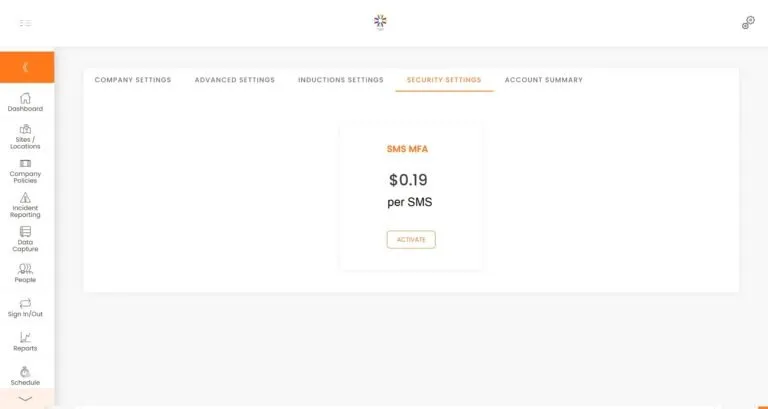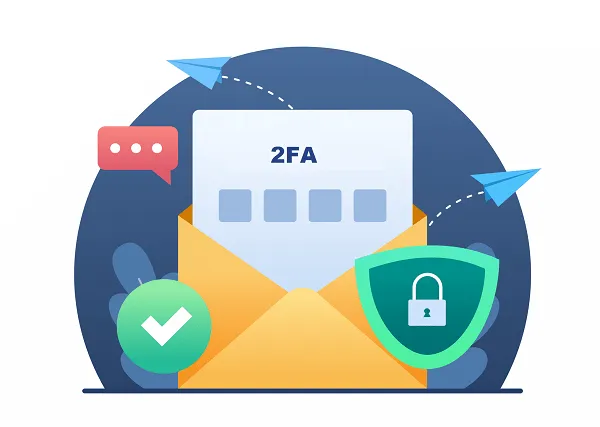In the digital age, safeguarding sensitive information has become a paramount concern, particularly in the realms of corporate and educational training. Two-Factor Authentication (2FA) has emerged as a key player in bolstering cybersecurity. In this comprehensive article, we explore what 2FA is and how Learning Management Systems (LMS) like Induct For Work are incorporating this technology to enhance data security for their administrative users in the USA and Canada.
Understanding Two-Factor Authentication (2FA)
Two-Factor Authentication is a security process that requires users to provide two distinct forms of identification before gaining access to an online account or system. This method significantly heightens security by combining something the user knows (like a password) with something they have (like a mobile device) or something they are (like a fingerprint).
The Importance of 2FA in Today's Digital Landscape
The necessity for 2FA in the USA and Canada is driven by the increasing sophistication of cyber threats. With traditional password-based security systems becoming vulnerable to breaches, 2FA offers an additional layer of defense, making unauthorized access considerably more challenging.
How LMS Induct For Work Implements 2FA
LMS Induct For Work, a popular platform in the realms of corporate and educational training, has recognized the need for enhanced security measures. By implementing 2FA, Induct For Work ensures that only authorized personnel can access sensitive training materials and personal data.
The Process of Enabling 2FA in LMS Induct For Work

Admin User Access: The process begins with admin users accessing their account settings within the LMS.
Selecting the 2FA Option: Admins choose to enable 2FA in Security Settings, which involves verifying a mobile number.
Benefits of 2FA in LMS Induct For Work
- Enhanced Security: 2FA reduces the risk of unauthorized access, protecting sensitive data related to corporate training and personal information.
- Compliance with Regulations: In both the USA and Canada, there are stringent data protection regulations. Implementing 2FA helps organizations comply with these laws.
- User Trust and Confidence: Knowing that an additional security layer is in place increases the trust and confidence of users in the system.
2FA in the Context of Corporate and Educational Training
In the sectors of corporate and educational training, where sensitive data and intellectual property are prevalent, the implementation of 2FA by systems like LMS Induct For Work is crucial. It ensures that course materials, employee information and other sensitive data are securely accessed.
Addressing Potential Challenges with 2FA
While 2FA is a powerful tool for security enhancement, it’s not without challenges. These include user convenience concerns, dependency on mobile devices or biometrics, and the need for continuous updating to keep up with evolving cyber threats.
The Future of 2FA and LMS Platforms
The future trajectory of 2FA in LMS platforms like Induct For Work points towards more integrated, user-friendly, and robust security measures. With advancements in technology, such as biometric authentication and AI, 2FA is set to become more seamless and secure, especially when storing information in online onboarding software.
Final Words
Two-Factor Authentication in LMS Induct For Work represents a significant step towards enhancing data security in corporate and educational training environments. As cyber threats continue to evolve, the integration of 2FA stands as a crucial defense mechanism, ensuring that sensitive information remains protected in the USA and Canada.



